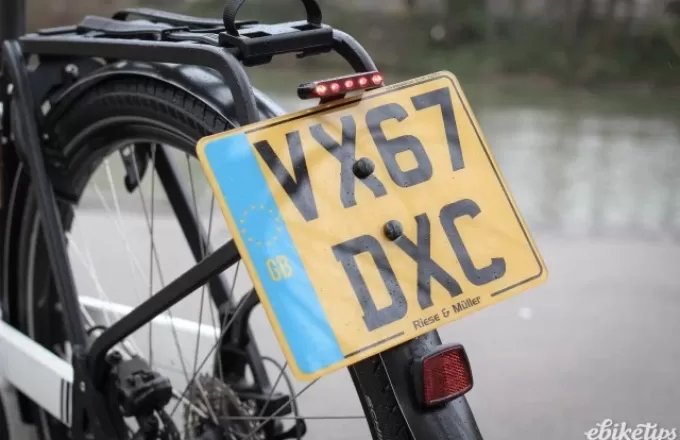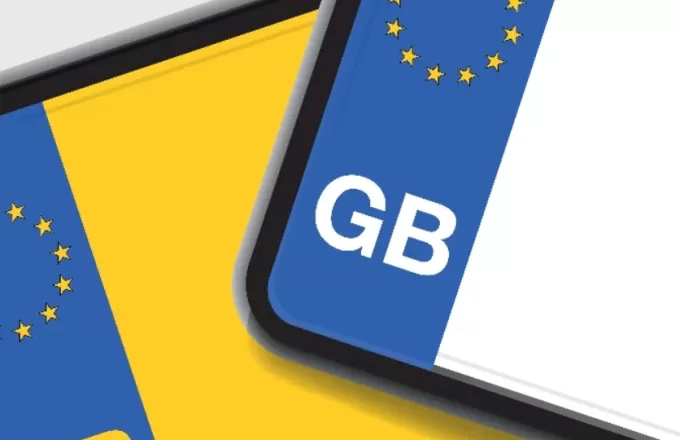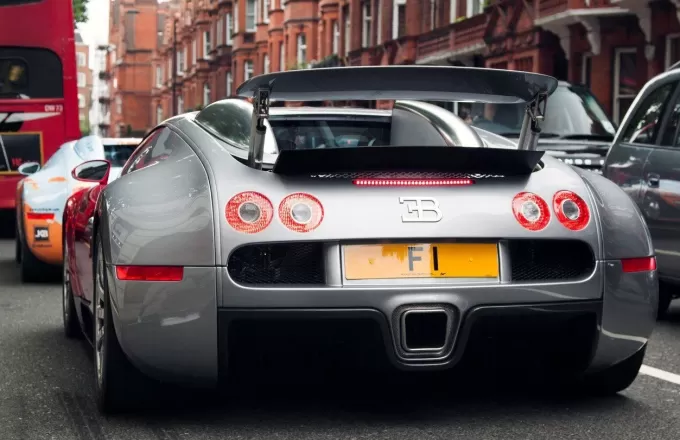If you have ever wondered how the odd collection of characters on the number plate of your car were put together, you are not alone. Here we will help explain the confusion around the vehicle number plate system.
What do the letters on a licence plate mean?
Number plates follow a very specific system when it is issued by the Driver and Vehicle Licensing Agency (DVLA). The number plate's first segment is the local memory tag - the plate's first two letters specify the where the car was registered. The first letter stands for the local area, for example “B” would denote Birmingham, while “M” would stand for Manchester. The second letter of the plate, then, specifies the specific DVLA office in that area where the registration took place. Note that multiple letters can signify the same DVLA office.
How can you tell how old your car is using your licence plate?
The two numbers in the middle of your plate indicate how the vehicle’s age. The DVLA issues two lots of number plate combinations each year: one on March 1 and the other on September 1. All plates issued between the 1st of March and the end of August will use the same two numbers as the year of registration. For example, a car registered in July 2017 would have "17" on the plate. All plates issued between September and the end of February, will use the current "60" format. So if any vehicle is registered after September, it can have its age identified by the second number. For example, a car registered in December 2018 will use "68". Beginning 2020, registrations post-September will use the format "70."
What about registrations before September 2001?
License plates have used a leading letter from 1983 onwards to indicate the year of the car's first issuance. In 1983, the letter "A" was used at the front of the cover (PREFIX), progressing through the alphabet, ending with "Y" at the end of August 2001. In fact, there were hundreds of region codes using a combination of a leading letter in addition to a second letter in order to specify where the car was from. The same system was used before 1983, but with letters of the year at the end of the plate (SUFFIX), rather than at the beginning.
Is any part of the number plate random?
The number plate's final three letters appear to be a random combination that makes the registration unique. Due to the batch allocation of new registrations to dealers by the DVLA it's not uncommon for cars with neighbouring letter sequences to be from the same manufacturer. The letters "Q" and "I" and any sequences deemed offensive are omitted from the random sequence. Using the current scheme, the configurations will be sufficient to continue until the end of August 2050, when the series will be ‘50’ in March 2050 and ‘99’ will be the series released in September of 2049.



